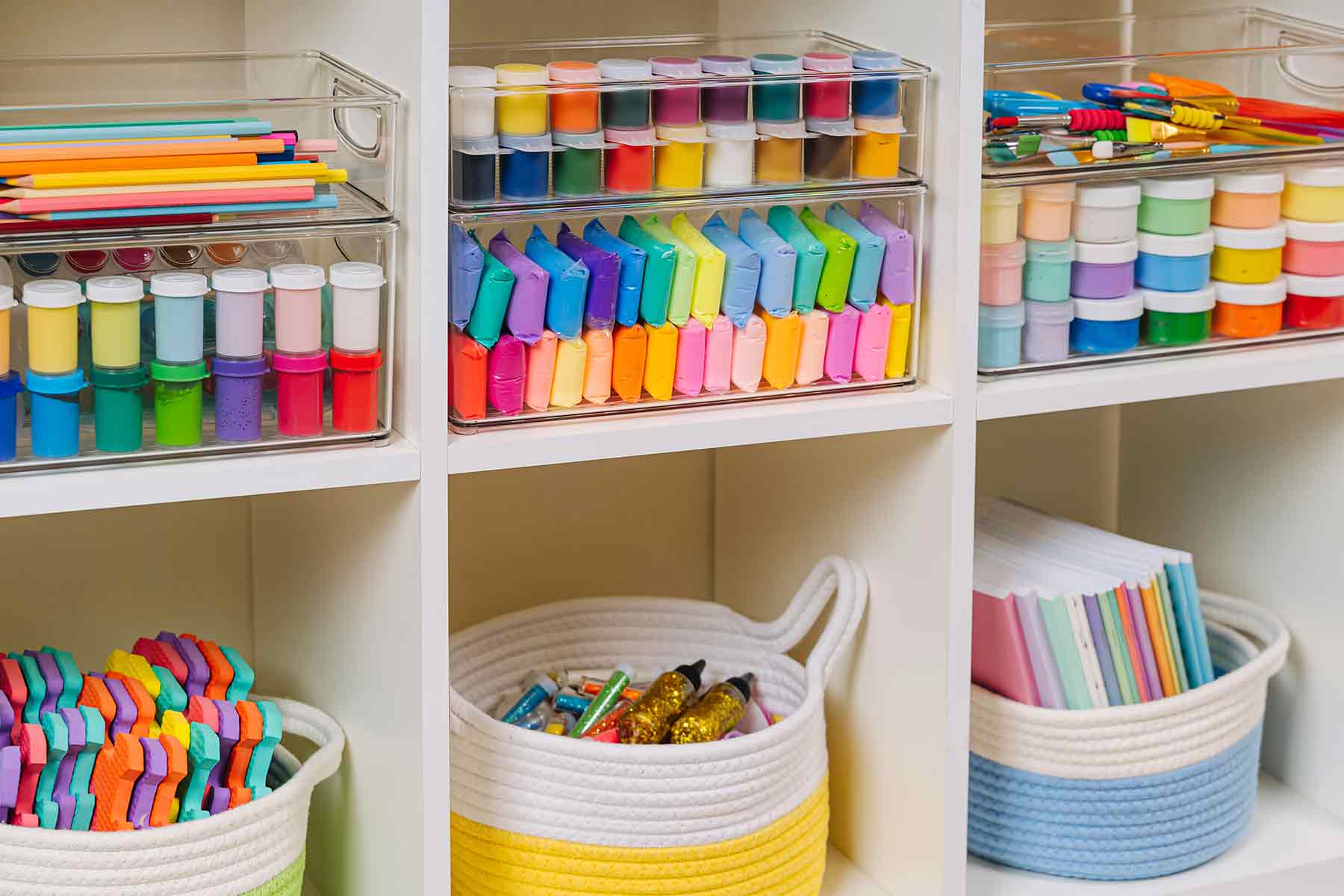
The Ultimate Preschool Supply List: Essentials for a Successful Year
The Ultimate Preschool Supply List: Essentials for a Successful Year
Getting your preschool classroom ready for a new year is an exciting challenge. Whether you're a veteran provider or just starting out, having a well-organized preschool supply list ensures your students have everything they need to learn, play, and grow. Let's break down the must-have items, why they matter, and how to keep your classroom running smoothly.
Why a preschool supply list matters
A comprehensive supply list does more than keep your classroom stocked. The right supplies help children develop fine motor skills, express creativity, and build confidence. They also support hands-on learning and teach responsibility as kids manage their own materials. For preschool owners, a clear list streamlines shopping and helps parents feel prepared.
Essential preschool classroom supplies
Use these handy checklists to make sure you've covered everything:
Activity and craft supplies
Washable markers
Highlighters
Large and small crayons
Colored chalk
Construction paper (assorted colors)
Child-safe scissors
Glue sticks
Tape
Play dough
Washable tempera and finger paints
Stickers, pipe cleaners, pom-poms, feathers, googly eyes
Outdoor play items (balls, riding toys, balancing toys)
These items fuel creativity and help children practice cutting, gluing, and drawing—essential for fine motor development.
Classroom learning materials
Alphabet and number puzzles
Board books and picture books
Magnetic letters and numbers
Counting bears or math manipulatives
Educational games and matching cards
Shape sorters
Flashcards for colors, shapes, and animals
Simple musical instruments (like shakers and tambourines)
Interactive storybooks
Dry-erase boards and markers
CD player or tablet for music
Floor cushions or reading pillows
These learning materials encourage hands-on exploration and make learning fun for every child.
Classroom necessities
Rest mats for nap time
Hand sanitizer and tissues
First-aid kit
Sunscreen for safe outdoor play
Baby wipes and toilet paper
Bulletin boards for artwork and information
Seasonal decorations
Visual schedules for routines
Visual schedules are especially helpful, providing structure and making transitions easier for young children.
Storage and organization
Bookshelves
Baskets or bins
Coat racks
Cubbies
Drawer organizers
Labeled boxes for supplies
A tidy classroom helps kids learn responsibility and keeps materials accessible for everyone.
Health and safety supplies
Smoke and carbon monoxide detectors
Fire extinguishers
Safety gates, corner guards, outlet covers
First-aid kits and thermometers
Don't forget emergency preparedness kits with extra first-aid items, contact lists, and non-perishable snacks.
Cleaning supplies
Disinfectant spray and wipes
Hand soap
Paper towels
Cleaning cloths
Gloves
Broom, dustpan, and vacuum
Trash bins and bags
Keeping your classroom clean is essential for everyone's health and safety.
Personal items for each child
To ensure every child is comfortable and prepared, ask parents to send:
A change of clothes (including socks)
Diapers or pull-ups (if required)
Seasonal gear (boots, gloves, hats)
Large shirt or art smock
Backpack
Small pillow, blanket, and stuffed animal for nap time
Water bottle or sippy cup
Box of tissues
Package of baby wipes
Package of sanitizing wipes
Family photo (Some preschools choose to display these for children to see.)
Folders for take-home papers
Any required medications
Prepared bottles, baby food, or preferred snacks
Providing parents with a checklist makes the process simple and stress-free.

Tips for a successful preschool year
When starting a daycare or preschool, staying organized and proactive can make all the difference in providing a nurturing, efficient, and joyful environment for both children and staff. Use these practical tips to help you streamline operations, foster positive relationships, and ensure a smooth school year:
Involve parents: Share your supply list early and offer printable checklists to make shopping easy.
Stay organized: Use labeled storage and visual schedules to help kids learn routines and keep the classroom clutter-free.
Update regularly: Review your supply list each year to add new items or remove what's no longer needed.
Prioritize safety: Check local guidelines to ensure your health and safety supplies meet legal requirements.